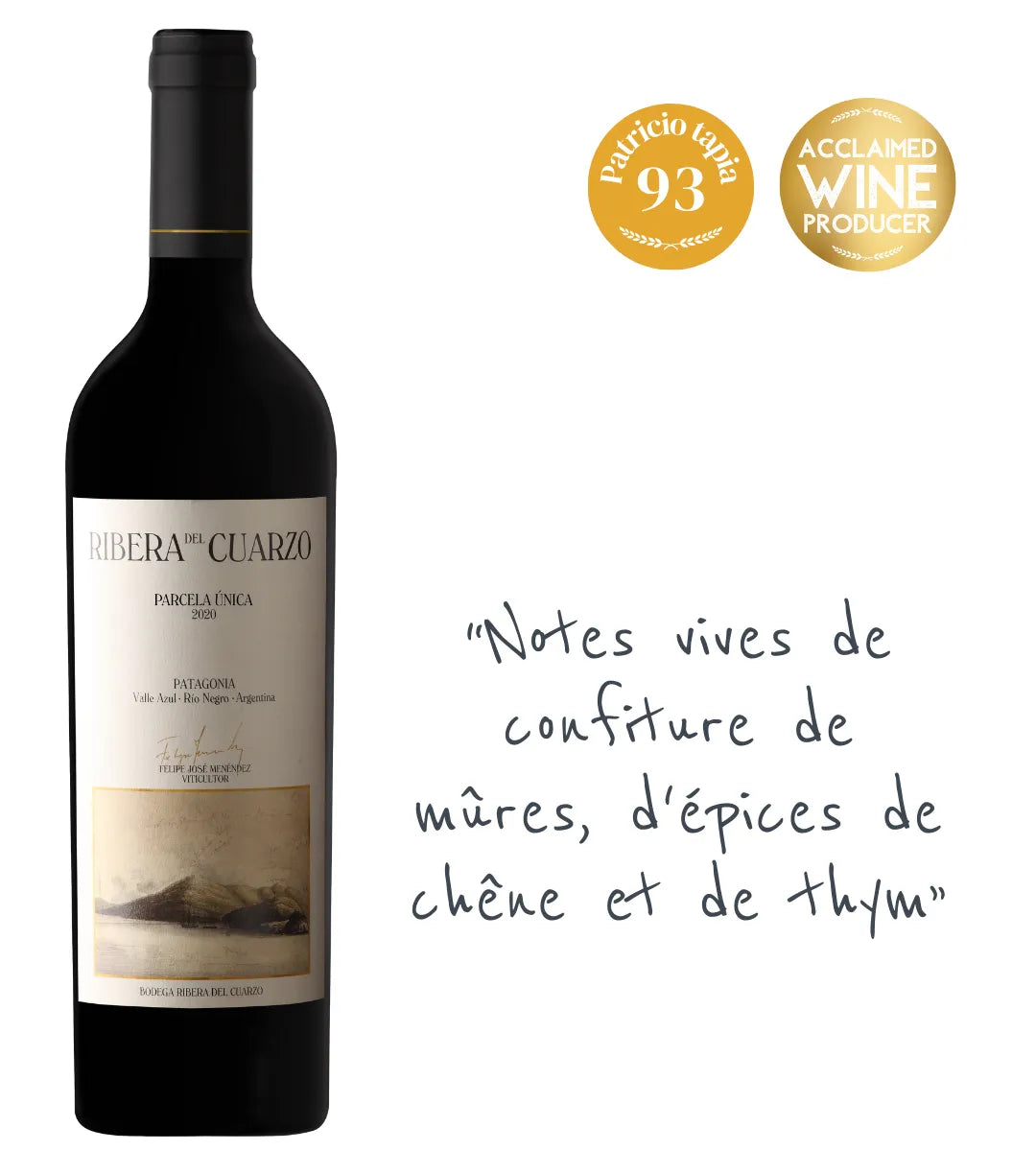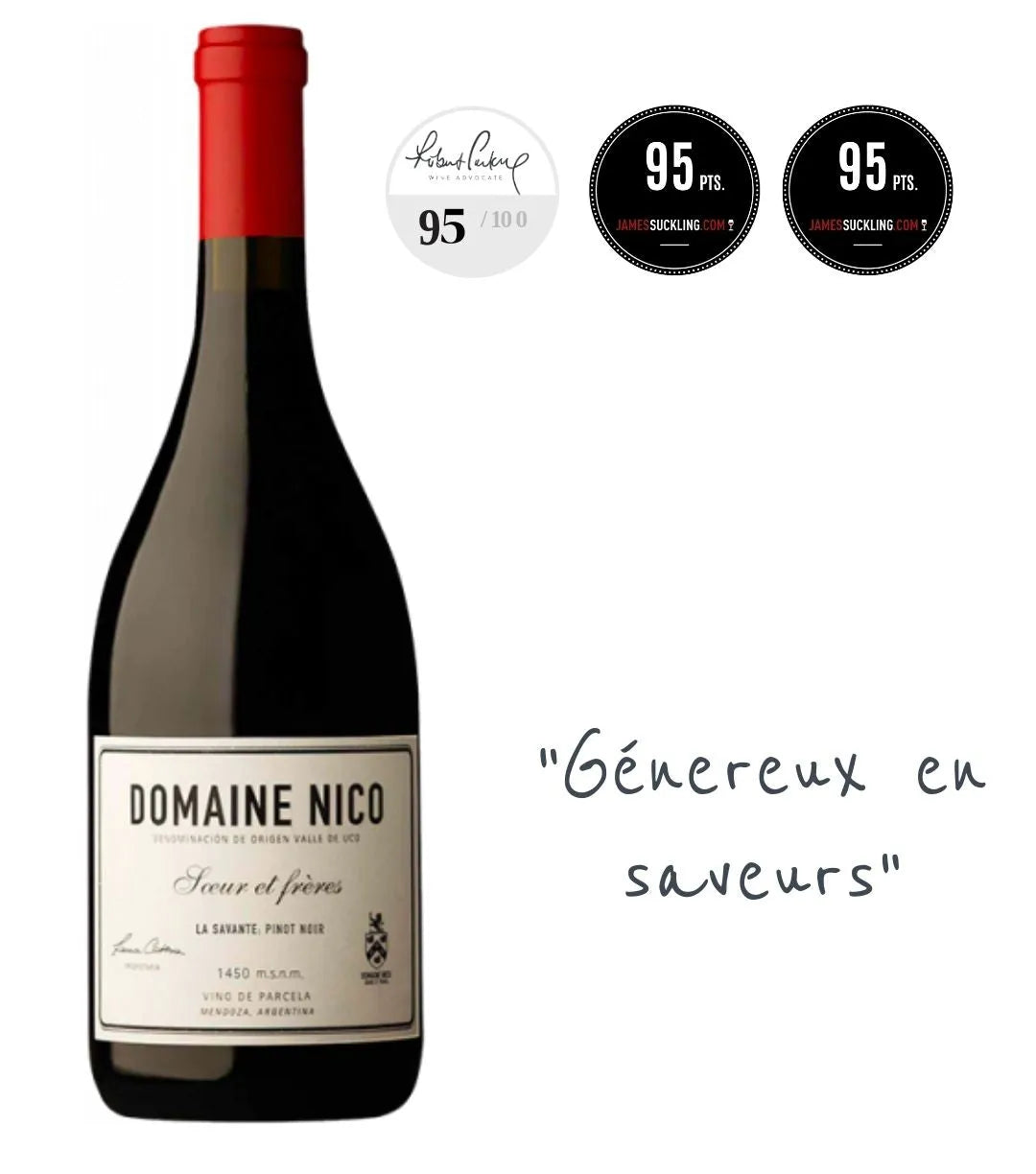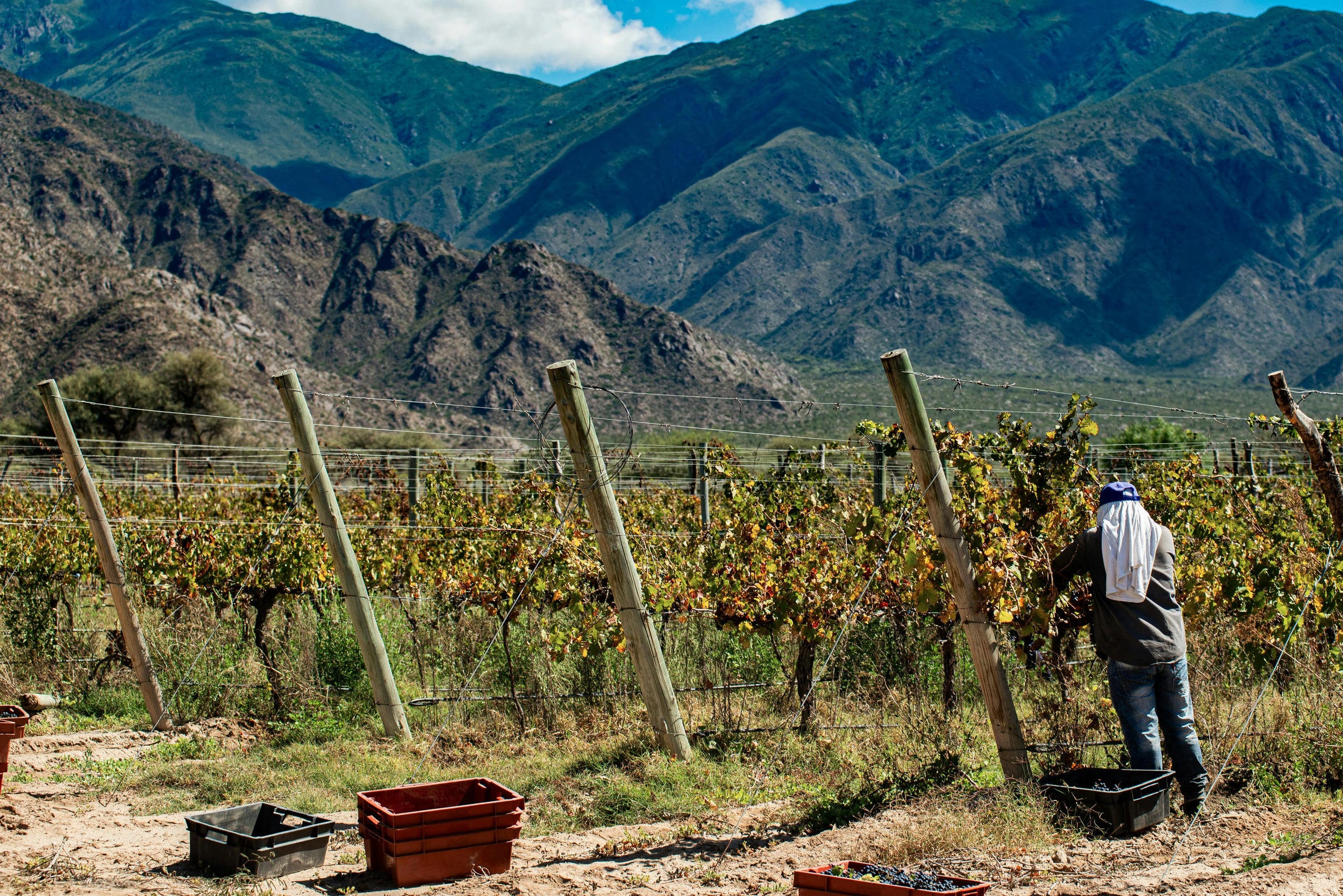
22 products
Our Argentine Red Wine
Free delivery on your first order or orders over €150 (France only)
Free delivery on your first order or orders over €150 (France only)


From the majestic Andes to exceptional soils, Argentina crafts red wines that captivate the world. From iconic Malbec to rare Bonarda and high-altitude Cabernets, discover wines that are both powerful and refined. Let yourself be swept away on a tasting journey through the land of tango and asado.
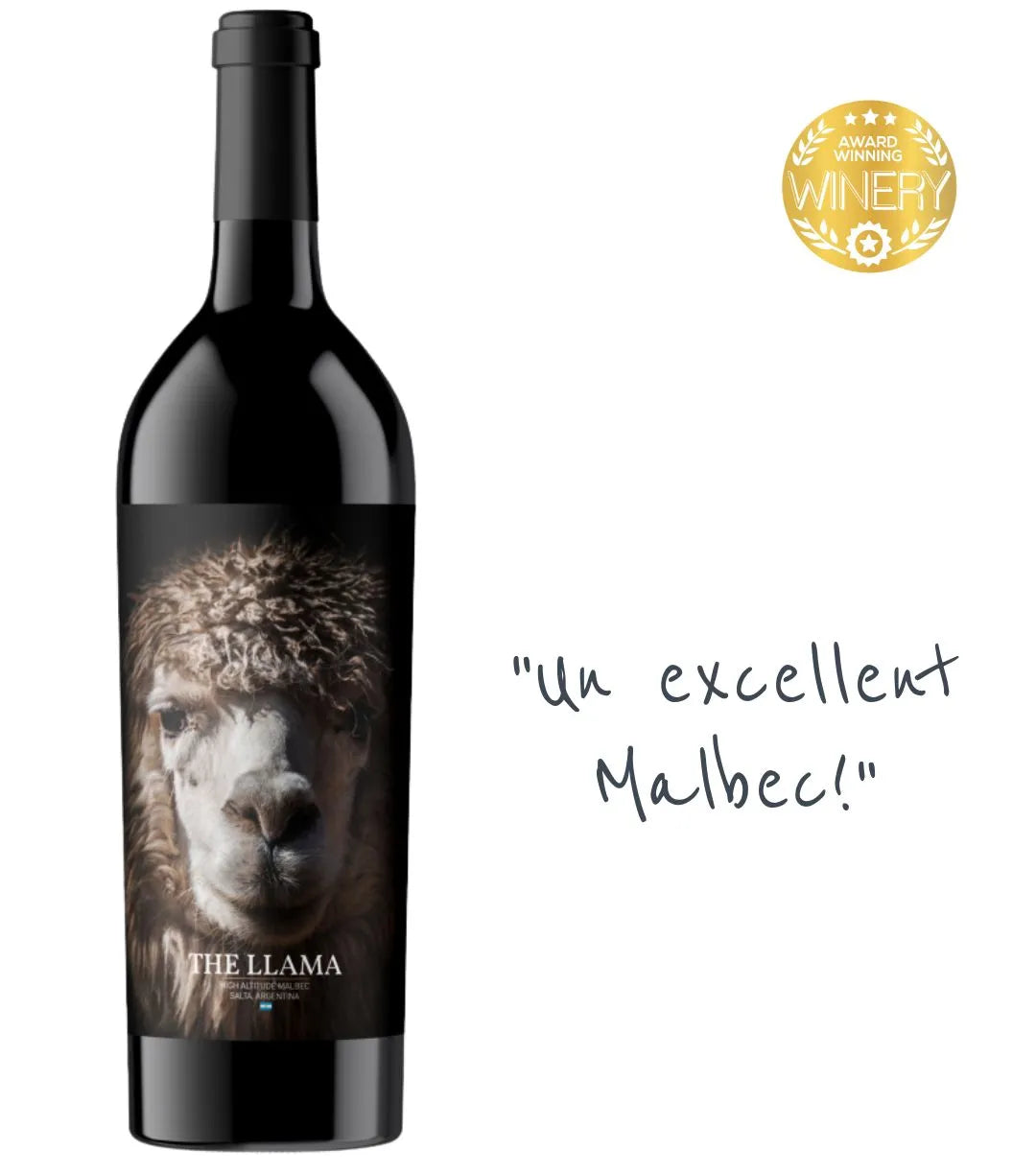
Cafayate Valley Salta, Argentina

Quebrada de Humahuaca Salta, Argentina
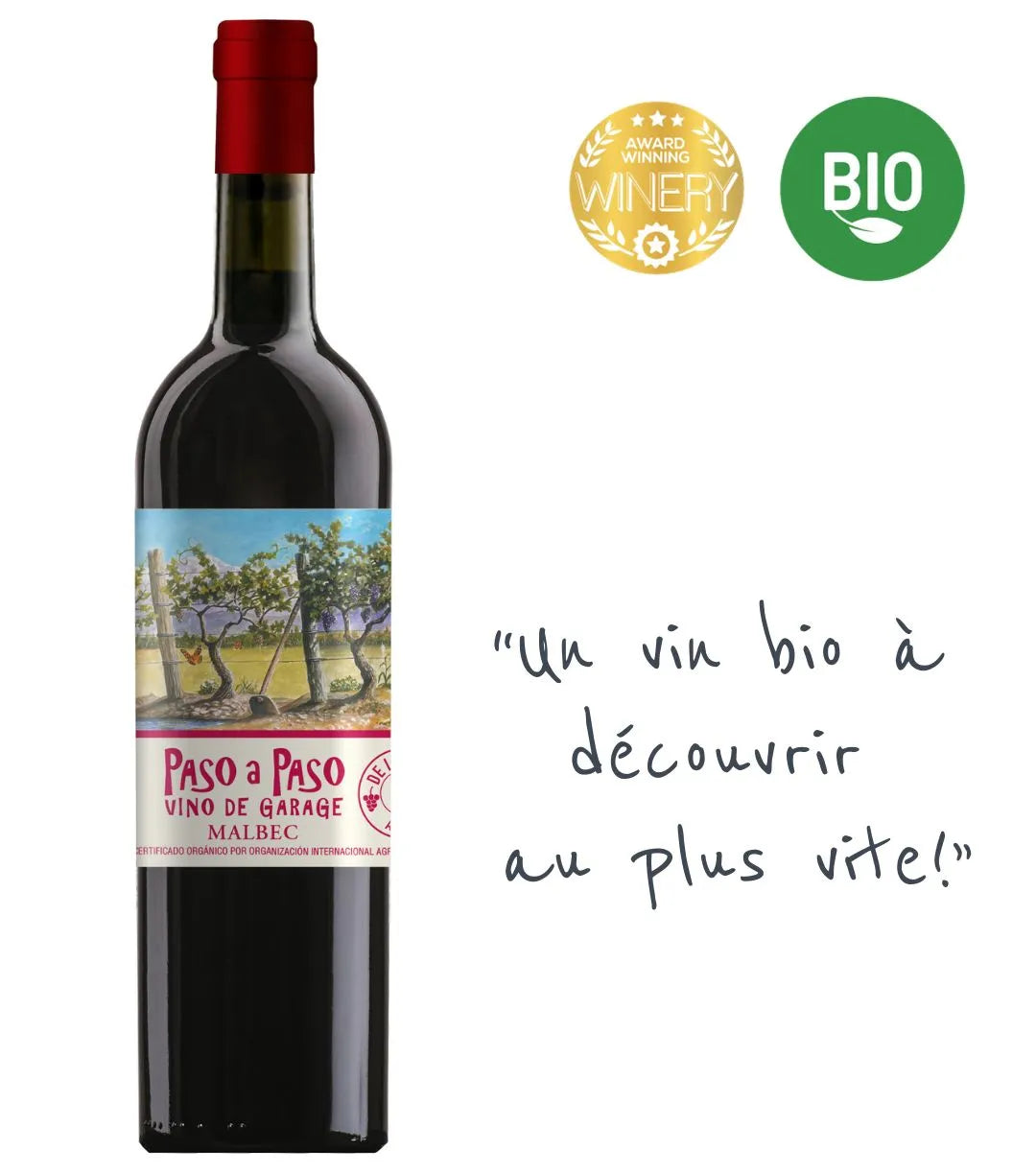
Uco Valley Mendoza, Argentina

La Pampa Les Andes, Argentina
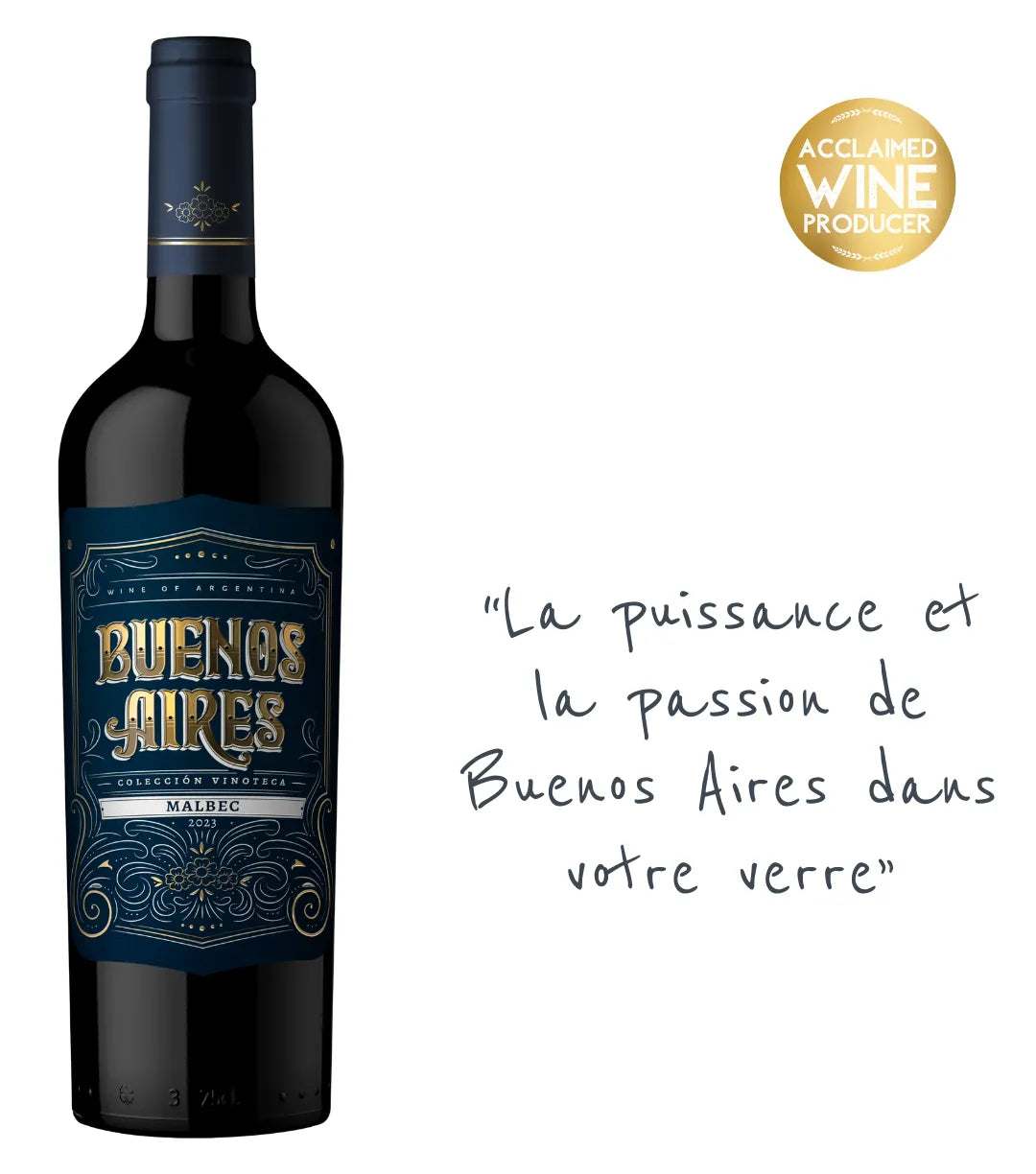
Maipú Mendoza, Argentina

Vallées Calchaquíes Salta, Argentina

La Pampa Les Andes, Argentina
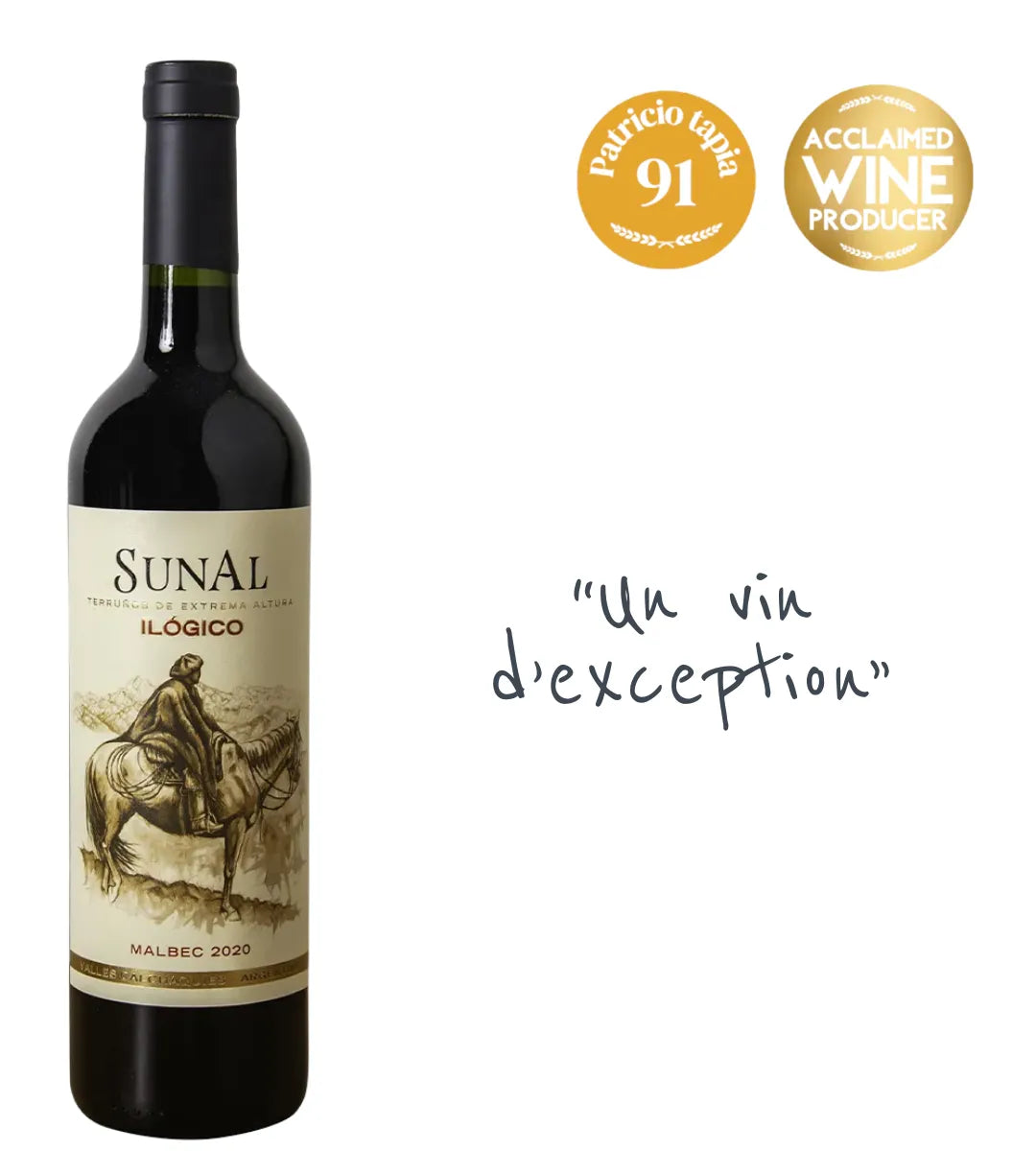
Vallées Calchaquíes Salta, Argentina

Quebrada de Humahuaca Salta, Argentina
Argentine Red Wines: Power and Elegance from the Andes
Argentina has established itself as a leading wine-producing nation of the New World, winning over red wine lovers with its unique blend of bold aromatics, generous structure, and the freshness imparted by high-altitude vineyards. A marriage of European tradition and South American innovation, Argentine vineyards offer a remarkable range of red wines waiting to be discovered.
Malbec: The Red Icon of Argentina
A Viticultural Success Story
Malbec symbolizes the revival of Argentine viticulture. Originally from southwest France, where it’s known as Côt, Malbec has found its ideal home in the Andean highlands. Its story in Argentina began in the 19th century, when French agronomist Michel Pouget introduced it to Mendoza.
Once mainly used for blending, Malbec experienced a renaissance in the 1990s when visionary winemakers like Nicolás Catena explored its high-altitude potential.
Key Characteristics and Styles
Malbec from Argentina stands out for:
Regions like Uco Valley, Vista Flores, and Gualtallary are now producing world-class Malbecs that can stand alongside the finest international reds.
Bonarda: Argentina’s Hidden Gem
As Argentina’s second-most planted red grape, Bonarda remains a well-kept secret internationally. Originally from Italy (where it’s known as Douce Noire or Charbono), it has thrived in Argentina’s terroir.
Unlike Malbec, Bonarda produces more approachable, fruit-forward wines:
Cabernet Sauvignon: Altitude Meets Excellence
Among the international grapes that flourish in Argentina, Cabernet Sauvignon is a standout. Grown primarily in Mendoza and Cafayate (Salta), it develops a distinctive profile:
Exceptional Blends: A Showcase of Terroir
While single-varietal wines have made Argentina famous, many of its greatest wines come from blends that highlight the country’s viticultural finesse:
These blends reflect the evolving expertise of Argentine winemakers and the expressive depth of their terroirs.
Unique Terroirs Defined by Altitude
Altitude is the defining factor in Argentina’s viticulture, with vineyards ranging from 800 to over 3,000 meters above sea level. These conditions provide:
Soil and Regional Diversity
The depth and diversity of Argentine reds also come from its varied soils and regions:
Food Pairings: A Perfect Match at the Table
Argentine red wines are incredibly food-friendly:
Whether you’re new to Argentine wines or a seasoned enthusiast, there’s always a new layer of flavor and character to uncover in this extraordinary wine country.
Return to our collection of Argentine wines.













